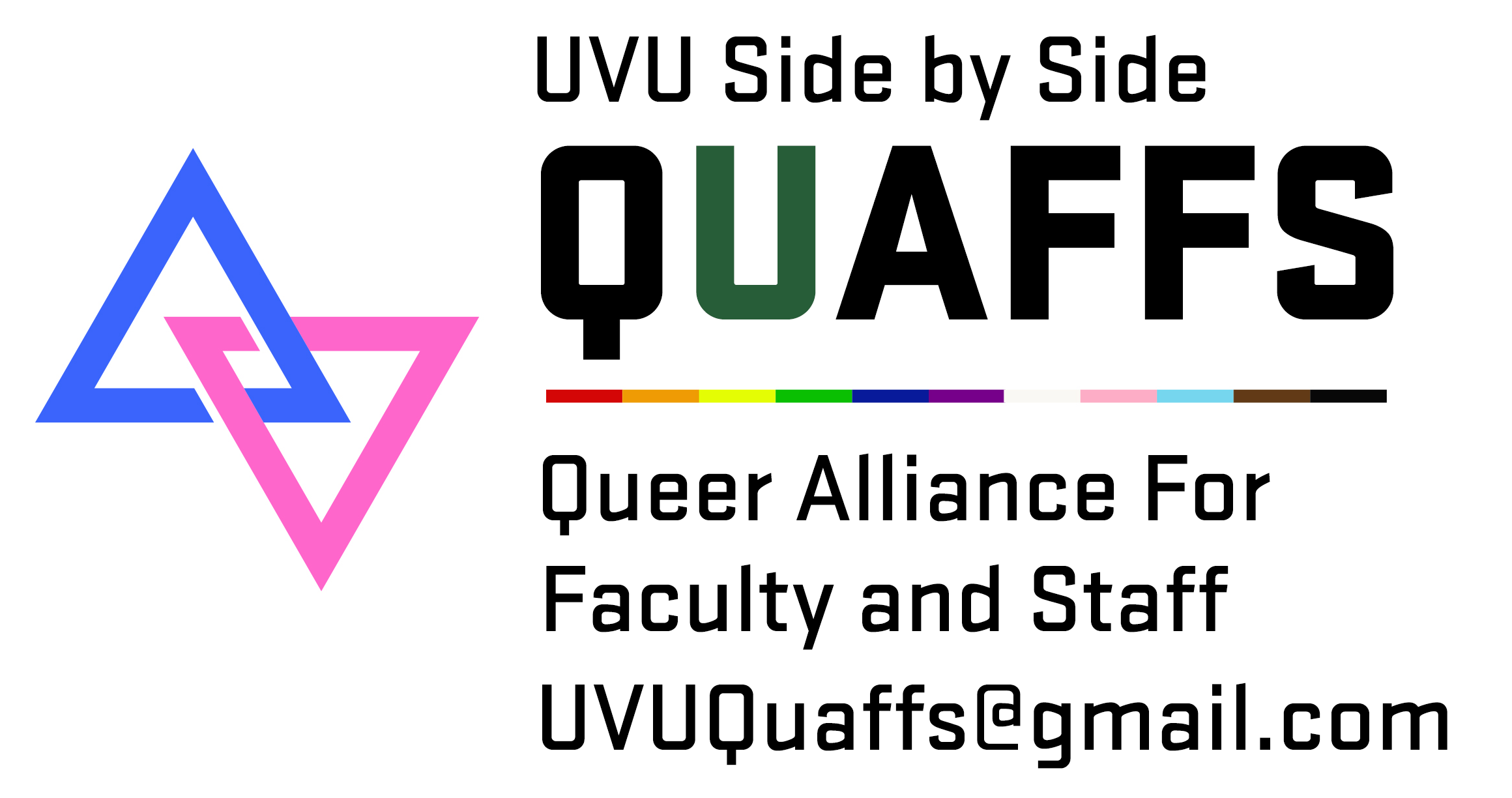LGBTQAI+ Statistics and Considerations: Child Sexual Abuse

LGBTQAI+ Related Statistics and Considerations: Child Sexual Abuse
[Go back to full LGBTQIA+ statistics and considerations list in educational resources tab]
Situation: Child sexual abuse is higher in LGBTQIA+ populations
Evidence: As stated by Capaldi, Schatz, and Kavenagh, using secondary sources: “In the US, 72% of LGBTQI+ people reported childhood emotional abuse and 41% reported physical and sexual abuse during childhood (Meyer et al., 2021).” They continue, “In fact, studies on child sexual abuse have generally found much higher prevalence rates for LGBTQI+ young people: Saweyc et al., 2021 reported 21% of trans girls, 22% of questioning young people, 27% of trans boys and 28% of non-binary young people reported childhood sexual abuse compared to 17% of cis girls and 4% of cis boys. Sterzing et al. (2016) found that 32% of LGBTQI+ young people reported child sexual abuse. Sexual harassment of sexual minority children can be especially high with Mitchella et al. (2013) reporting 81% of trans young people, 72% lesbian/queer girls, 66% of bisexual girls and 66% of gay/queer boys victimized in the past year.”
Considerations and Efforts to Address the Issues: Education is needed and protections put in place. As May-Chahal, C.A., & Palmer, C. E. (2018) eloquently states, "It is clear that prevailing gender norms result in LGBTQI+ children and young people's feelings of shame, guilt or exclusion, which is disempowering and potentially further increases their vulnerability to CSEA [child sexual explotation and abuse]. LGBTQI+ children and young people find themselves stigmatized and discriminated against and often feel they have few safe places to turn. Frequently faced with abusive situations at home, they disproportionally are homeless and pushed into situations of sexual exploitation, sometimes actively engaging themselves, though perhaps as a result of few other options. This can be resulting from influences such as societal homophobia and transphobia, internalized shame and self-blame or simply the pragmatics of trading sex for the basic necessities of survival. Little will change for these children until inclusive strategies and programmes for the prevention, detection, reporting, treatment and support also include specific measures for LGBTQI+ children and young people."
References:
- Capaldi, Mark, Schatz, Jennifer, Kavenagh, Mark (2024). Child sexual abuse/exploitation and LGBTQI+ children: Context, links, vulnerabilities, gaps, challenges and priorities. Child Protection and Practice. Volume 1, 100001. https://www.sciencedirect.com/science/article/pii/S2950193824000019
- Friedman, M.S., Marshal, M.P., Guadamuz, T.E., Wei, C., Wong, C.F., Sawwyc, E.M., & Stall, R, (2011). A meta-analysis of disparities in childhood sexual abuse, parental physical abuse, and peer victimization among sexual minority and sexual nonminority individuals. American Journal of Public Health, 101 (8) (2011), pp. 1481-1494, 10.2105/AJPH.2009.190009
- May-Chanal, Corrine, Palmer, Emma, Dodds, Steve, Milan, Steve (2013). Rapid Evidence Assessment Characteristics and vulnerabilities of victims of online-facilitated child sexual abuse and exploitation. Independent Inquiry into Child Sexual Abuse. Lancaster University. https://eprints.lancs.ac.uk/id/eprint/89857/1/
- Meyer et al., 2021 I. Meyer, B. Wilson, K. O'Neill LGBTQ people in the US: Select findings from the generations and TransPop studies UCLA Williams Institute (2021) https://williamsinstitute.law.ucla.edu/publications/generations-transpop-toplines/
- Mitchella, K, Ybarrab, M., Korchmaros, J. (2013). Sexual harassment among adolescents of different sexual orientations and gender identities. Child Abuse & Neglect, 38 (2) (2013), pp. 280-295, 10.1016/j.chiabu.2013.09.008
- Sterzing, P.R., Hong, J.S., Gartner, R.E. others (2016). , others. Child maltreatment and bullying victimization among a community-based sample of sexual minority youth: The mediating role of psychological distress
Journal of Child & Adolescent Trauma, 9 (4) (2016), pp. 283-293, 10.1007/s40653-016-0101-4 - Saweyc et al., 2021 E. Saweyc, Z. Thawer, C. O'Dwyer, J. Sinclair, A. Smith Gender-diverse: A spotlight on the health of trans and non-binary young people in BC. Stigma and resilience among vulnerable youth centre University of British Columbia and McCreary Centre Society (2021) https://www.saravyc.ubc.ca/2021/05/31/gender-diverse-a-spotlight-on-the-health-of-trans-and-non-binary-young-people-in-b-c/
[Go back to full LGBTQIA+ statistics and considerations list in educational resources tab]
